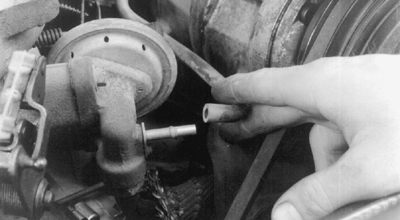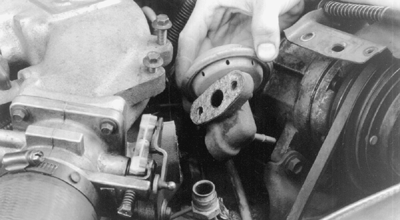Ostinato82
New member
- Joined
- Nov 9, 2010
- Messages
- 3
- Reaction score
- 0
So here's the deal. First, when my Bronco gets hot(even driving it for 5 minutes), I have to hold the key over for sometimes 30 seconds before it will even turn over and catch. Its a slow winding sound that slowly builds and builds til it runs without me holding the key over. I've replaced the EGR Valve once and it worked nicely for about a week than the problem came back. I know there is also an EGR Valve Sensor that may coincide with the EGR valve working properly but I cant find one to save my life! Has anyone ever gone through this? Secondly, when it's cold outside, my clutch loses pressure completely. No fluid is coming out from underneath from what I can tell, and I keep the clutch fluid(AKA DOT3) in it. But if it doesnt run for a day or two than i see that the clutch fluid has dissapeared out of the lil reservoir. And I have to sit in the truck and pump the clutch for at least 30 minutes! And when it's snowing outside it's a drag. Any help would be appreciated!!! BTW, this is my first post. I just found this website and I think it's awesome! I love my bronco and I'd hate to have to get sumthin else! Oh btw its a 1987 Ford Bronco II 4X4. Peace and Blessings.


